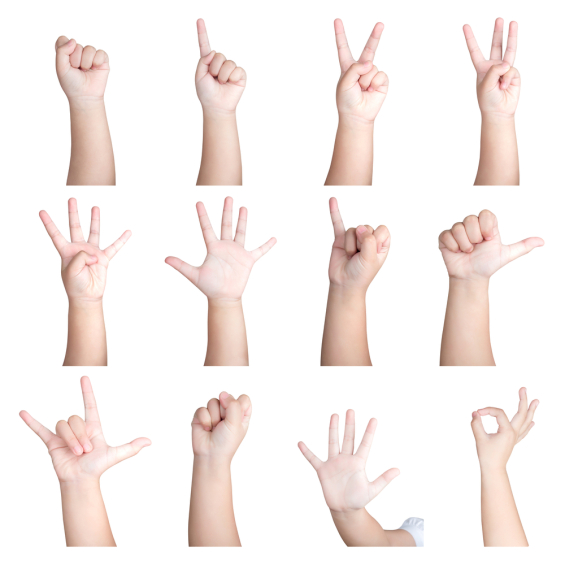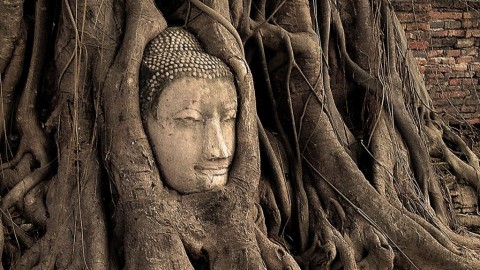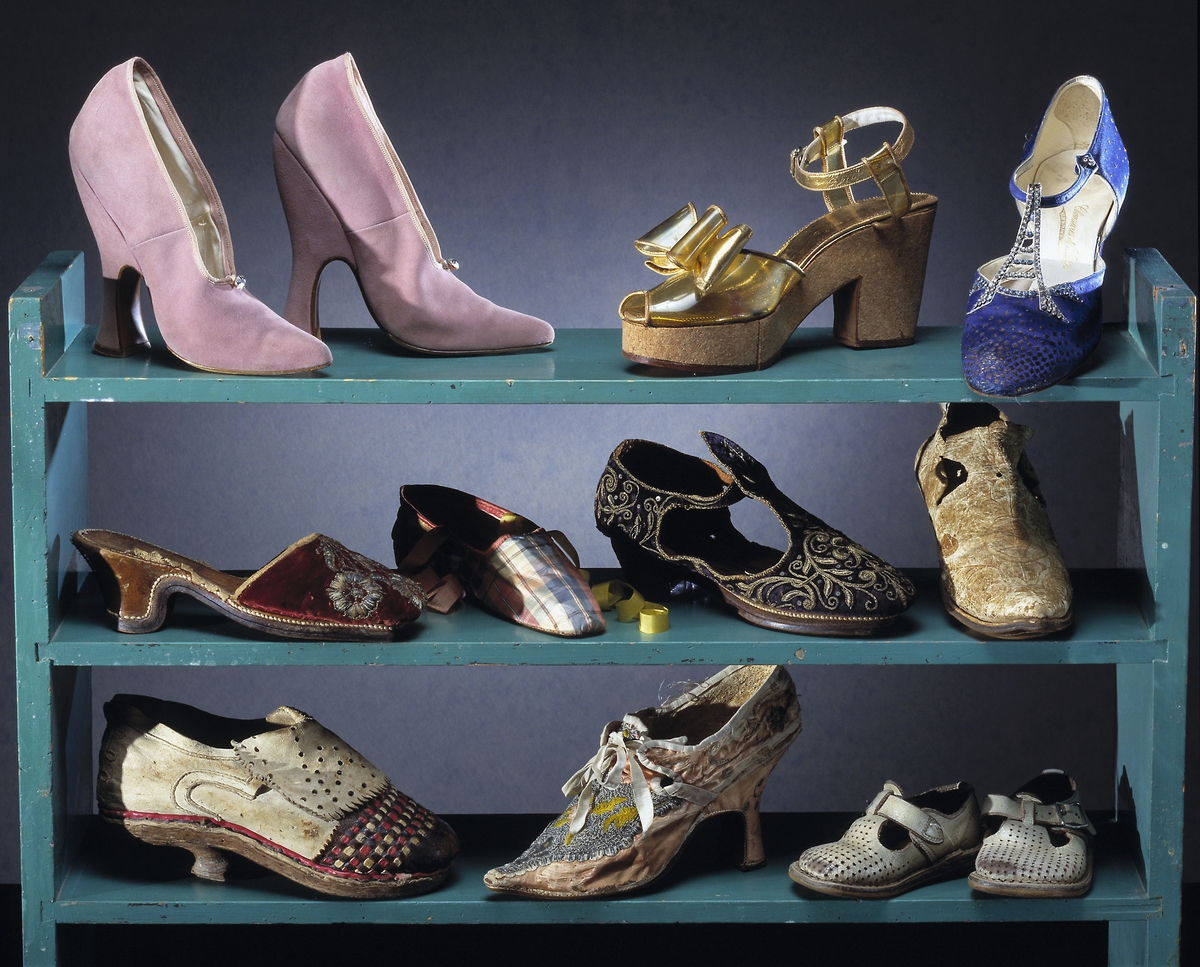Knowledge, Information and Experience
Every man’s life is a fairy tale written by God’s fingers.
A finger is a limb of the human body and a type of digit, an organ of manipulation and sensation found in the hands of humans and other primates.
Skeleton:
The thumb (connected to the trapezium) is located on one of the sides, parallel to the arm.
The palm has five bones known as metacarpal bones, one to each of the five digits. Human hands contain fourteen digital bones, also called phalanges, or phalanx bones: two in the thumb (the thumb has no middle phalanx) and three in each of the four fingers. These are the distal phalanx, carrying the nail, the middle phalanx, and the proximal phalanx.
Muscles:
The precision of finger movements in space and time is highlighted in this motion tracking of two pianists’ fingers playing the same piece (slow motion, no sound).
Each finger may flex and extend, abduct and adduct, and so also circumduct. Flexion is by far the strongest movement. In humans, there are two large muscles that produce flexion of each finger, and additional muscles that augment the movement. Each finger may move independently of the others, though the muscle bulks that move each finger may be partly blended, and the tendons may be attached to each other by a net of fibrous tissue, preventing completely free movement.
Fingers do not contain muscles. The muscles that move the finger joints are in the palm and forearm. The long tendons that deliver motion from the forearm muscles may be observed to move under the skin at the wrist and on the back of the hand.
Muscles of the fingers can be subdivided into extrinsic and intrinsic muscles. The extrinsic muscles are the long flexors and extensors. They are called extrinsic because the muscle belly is located on the forearm.
Skin:
Aside from the genitals, the fingertips possess the highest concentration of touch receptors and thermoreceptors among all areas of the human skin, making them extremely sensitive to temperature, pressure, vibration, texture and moisture.
Fingertip wrinkling in water
Although a common phenomenon, the underlying functions and mechanism of fingertip wrinkling following immersion in water are relatively unexplored. Originally it was assumed that the wrinkles were simply the result of the skin swelling in water, but it is now understood that the furrows are caused by the blood vessels constricting due to signalling by the sympathetic nervous system in response to water exposure.
One hypothesis for why this occurs, the “rain tread” hypothesis, posits that the wrinkles may help the fingers grip things when wet, possibly being an adaption from a time when humans dealt with rain and dew in forested primate habitats.











